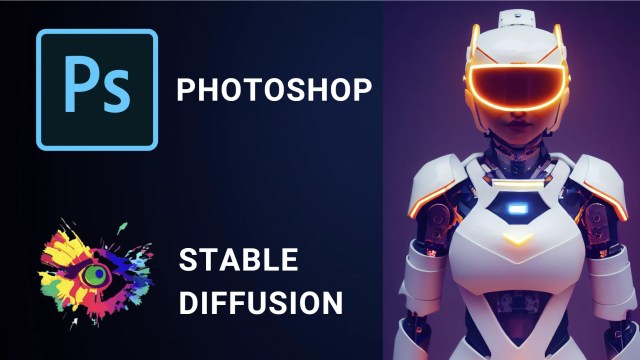Anyone can build apps that use DALL-E 2 to generate images

DALL-E 2 beta now provides an open API which allows users to embed the ability to generate new images from text prompts or edit existing images in their own apps.
Microsoft is already leveraging it in Bing and Microsoft Edge with its Image Creator tool, which lets users create images if web results don’t return what they’re looking for. Fashion design app CALA is using the DALL-E 2 API for a tool that allows customers to refine design ideas from text descriptions or images, while photo startup Mixtiles is bringing it to an artwork-creating workflow.
Pricing for the DALL-E 2 API varies by resolution. For 1024×1024 images, the cost is $0.02 per image; 512×512 images are $0.018 per image; and 256×256 images are $0.016 per image. Volume discounts are available to companies working with OpenAI’s enterprise team.
Link:



